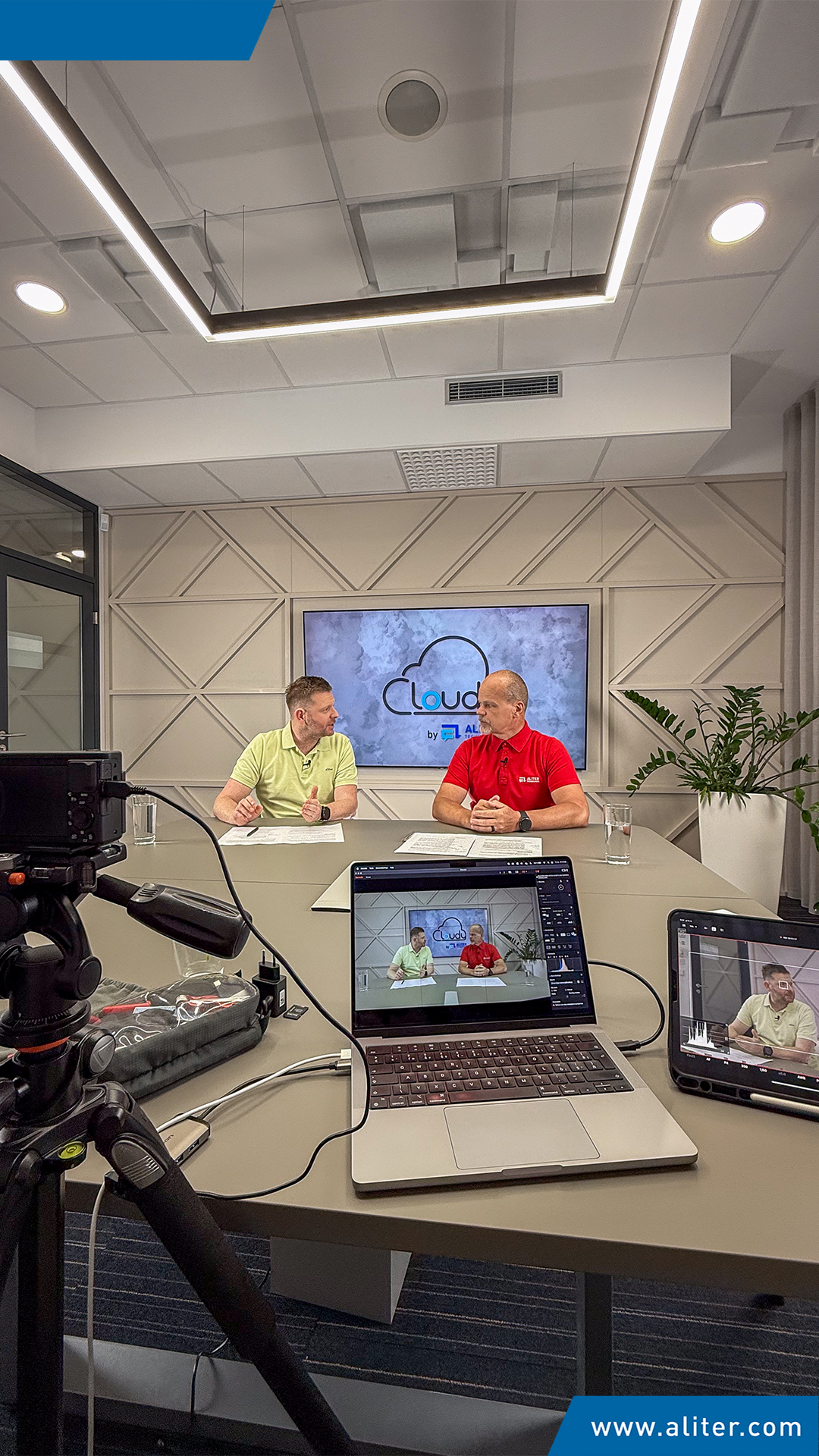CLOUDY podcast | #17 Tactical communication in practice (Part 2)
- News
Who are the main customers and users of these services?
Our main customers are the armed forces of the Slovak Republic, but they are not only customers from Slovakia, they are also international customers, for example from NATO.
If we look at the COMTANET® device, for example, it is a crisis communication system that we have prepared for the rescue fire brigade. An entire system has been created - a service that allows firefighters to communicate, allows them to coordinate communication and activities between them and actually contributes to the proper functioning of the entire fire brigade and several units together. Another example of such use of our technology is the COMTAG® system, which we integrate and install in military vehicles to enable communication within the crew, or with a superior level or between individual vehicles of a military formation.
What challenges can you face when cooperating with rescue forces?
When preparing such a system, we have to take into account things that we don't even notice in everyday life. For example, lack of energy, destroyed communication towers, inaccessible internet, or even an insufficient number of people. Therefore, such a system must contain basic elements from each of these areas, so that the rescue fire department is energy independent, that is, it must have some headquarters for energy production, it must have ICT technology for data processing, it must have radio stations to be able to send the information... This all ranges from simple deployments to, for example, cloud services.
Are there backup solutions? Does that mean that you have a plan B ready?
Of course we do. We try to use the technologies that we have developed. And for example, in the case of destroyed communication towers, we can use our virtual mast, which is portable by one person, carries a camera, carries a radio station and can create a communication interface up to a distance of 30 km.
With the correct arrangement of such devices, we can also create a transmission route that is very energy-efficient and easy to operate.
The physical deployment of a virtual mast is possible within 5 to 10 minutes. So we are talking about a drone that is attached to a communication cable, has a central office that charges it with energy. We have another device that this virtual mast already contains. We call it a Mobile Control Point and it is a car where this technology is incorporated plus it contains some other communication elements and there it is even enough for the driver to come to the designated place with the car. The complete energy and communication infrastructure is in the vehicle, so the operator just puts the drone on the roof, connects it and starts.
It is easier to use something that is available, and nowadays, for example, drones are accessible and cheap. Equip them with a radio station and we can ensure direct radio visibility and communication. In practice, hundreds of meters for communication change to tens of kilometers. An example of the use of such technology was, for example, the large fires in California, where radio networks were used to ensure transmission and coordination of firefighters.
We ourselves participated in such events in Slovakia. We helped firefighters during firefighting exercises in central Slovakia, where firefighters were doing military exercises in forested terrain. We transmitted images from Pustý hrad to the square in Zvolení.
Another example is providing a communication interface - we literally brought the Internet and ensured communication for the exchange of information between rescue units in the difficult forested terrain around Poľana.
We also helped with sports events or concerts. These are, for example, various running competitions or concerts. Specifically, it was a Rammstein or Jean-Michel Jarre concert.
At such mass events, critical situations occur, the crowd gathers somewhere, or some conflicts may arise, someone may need help. And if there is no good communication or monitoring of the crowd, it can have fatal consequences. So in such cases, we used our Mobile City of Management, with a virtual mast, and we comfortably monitored the entire crowd. We provided this information to the organizers, and they were able to intervene organizationally where they needed to.
At football events, there are very often problems with fans who, outraged by the result or excited about the football match, get into fights. And such an overview of what is happening around the stadium, for example before, after the match, or even during, is very welcome and we have very good cooperation in organizing just such overview information.

What about military operations?
We focus on creating a communication environment for teams that are outside the occupied areas and that do not have access to common communication technologies such as the Internet, mobile phones, computers, so for such teams we try to create either a working environment or provide them with some ways in which they can connect with their superiors or colleagues and solve the situation they have to solve. Important features of such communication security are security, encryption and interoperability.
And when we talk about tactical units, which are the small units that actually operate in the field, we usually talk about radio manet networks, which also have the ability to connect with each other. Simply put: If there are two of us, we communicate via radio and we see each other, everything is fine. Then a colleague goes behind the hill and suddenly I can't hear him. I can't see him or hear him. There are ways to connect, but for our explanation, manet will probably be enough.
When creating multiple radio stations, my information can gradually "jump" through individual radio stations to reach my colleague over the hill. This means that I can communicate even behind terrain obstacles, forests, behind hills, between buildings, etc.
You can listen to the entire podcast on Spotify or watch it on YouTube.


